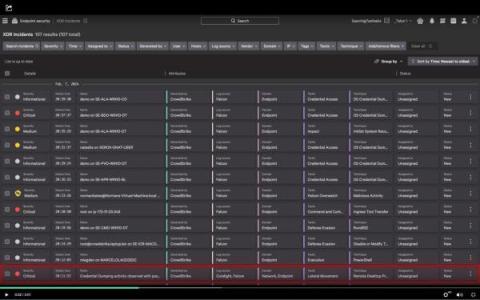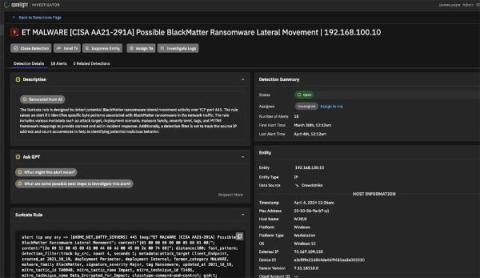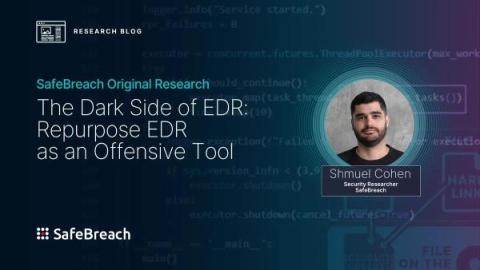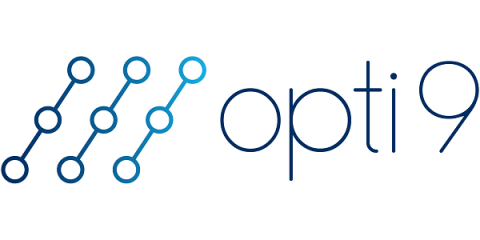Next-Generation SIEM: Corelight is the Data of Choice
For years, the mantra for achieving visibility into potential threats has been the trio of EDR, NDR, and SIEM. These components form the foundation of a robust security posture, with EDR and NDR offering the depth and breadth needed to monitor activities across endpoints and networks.











